Nonlinear optical crystals play a pivotal role in various high-performance applications, offering unrivaled versatility. Beta Barium Borate (BBO) is one such crystal, standing head and shoulders above others in the category. This article delves into a comprehensive comparison between BBO crystals and other nonlinear crystals like KTP (Potassium Titanyl Phosphate), LBO (Lithium Triborate), and PPLN (Periodically Poled Lithium Niobate). Let’s dive in.
Understanding Nonlinear Optical Crystals
Nonlinear optical crystals are fundamental for frequency conversion processes, such as Second Harmonic Generation (SHG), Third Harmonic Generation (THG), Parametric Down-Conversion (PDC), and more. Each crystal offers unique properties, determining its performance, suitability, and application.
Comparative Analysis of BBO, KTP, LBO, and PPLN Nonlinear Crystals
Nonlinear crystals are pivotal in a variety of optical applications, playing a key role in frequency conversion processes. Among these, Beta Barium Borate (BBO), Potassium Titanyl Phosphate (KTP), Lithium Triborate (LBO), and Periodically Poled Lithium Niobate (PPLN) crystals stand out as the most commonly utilized. Here, we offer a succinct comparison of these crystals, analyzing their individual attributes and performance characteristics.
BBO crystals exhibit superior properties in many aspects, making them widely preferred in the industry. Their high damage threshold allows them to handle high-power laser beams without undergoing optical damage, outperforming KTP, LBO, and PPLN in high-power laser applications. BBO crystals also offer an expansive wavelength range, covering the spectrum from ultraviolet to near-infrared. This makes them incredibly versatile, suitable for various applications where a broad operational range is required. Furthermore, BBO’s exceptional conversion efficiency, especially in second and third harmonic generation, sets them apart from the rest. Lastly, BBO crystals showcase low temperature sensitivity, providing stable performance under different environmental conditions.
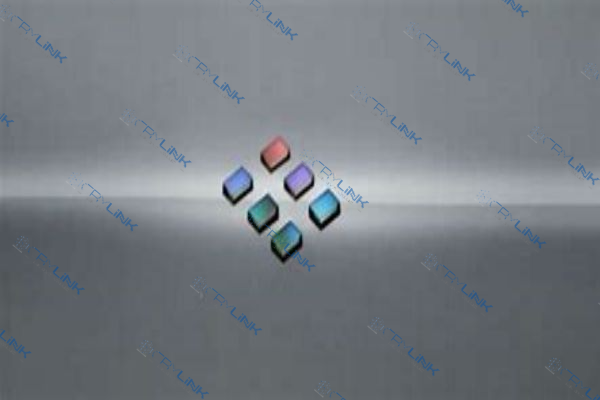
KTP crystals, on the other hand, are noted for their high damage threshold and good nonlinear optical properties. However, their conversion efficiency in the ultraviolet range falls short compared to BBO crystals. Additionally, KTP crystals are more temperature sensitive, which can affect their performance under varying conditions.
LBO crystals, while having a high damage threshold similar to BBO crystals, can’t match the conversion efficiency of BBO across their operational wavelength range. This limitation, coupled with their higher temperature sensitivity, restricts their usability in certain applications.
PPLN crystals display high conversion efficiency in some frequency conversion processes, but their efficiency is heavily dependent on the application, making them less consistent compared to BBO. Their damage threshold is lower than BBO, KTP, and LBO crystals, which limits their use in high-power applications. PPLN crystals also have a more limited wavelength range, and their high temperature sensitivity poses challenges in variable environmental conditions.
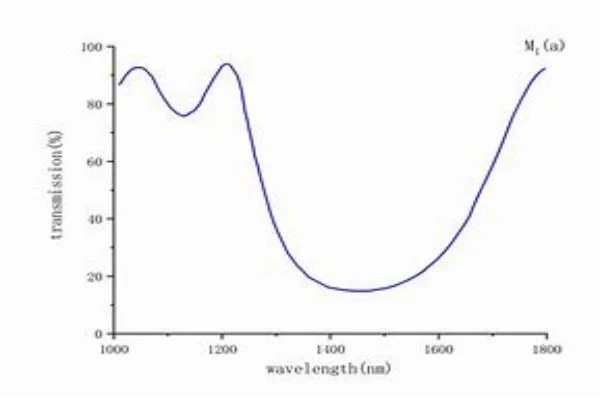
In conclusion, each of these nonlinear optical crystals – BBO, KTP, LBO, and PPLN – offers distinct advantages and limitations. BBO crystals generally outperform their counterparts in terms of damage threshold, conversion efficiency, wavelength range, and temperature sensitivity, making them a versatile and effective choice for a broad range of applications. Nonetheless, KTP, LBO, and PPLN crystals can also provide efficient performance in specific applications. Therefore, understanding these crystals’ comparative attributes and considering the application requirements are key in selecting the most suitable nonlinear crystal.
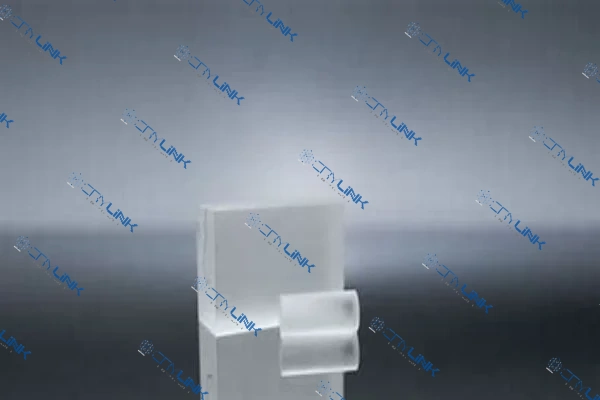
Evaluating Nonlinear Crystals: BBO, KTP, LBO, and PPLN in Terms of Efficiency, Threshold, Range, and Sensitivity
Nonlinear crystals, including Beta Barium Borate (BBO), Potassium Titanyl Phosphate (KTP), Lithium Triborate (LBO), and Periodically Poled Lithium Niobate (PPLN), each have unique characteristics regarding conversion efficiency, damage threshold, wavelength range, and temperature sensitivity.
BBO crystals are hailed for their superior conversion efficiency, especially in second and third harmonic generation, surpassing KTP, LBO, and PPLN crystals. This high efficiency is an attribute of their larger effective nonlinear coefficient, making them a go-to option for frequency conversion processes. Moreover, BBO crystals have a high damage threshold, allowing them to withstand high-power laser beams, a quality that gives them an edge in high-power laser applications. They also offer a broad wavelength range from the ultraviolet to the near-infrared region, enhancing their versatility in diverse applications. Lastly, their low temperature sensitivity ensures consistent performance across varying environmental conditions, reducing the need for precise temperature control.
In contrast, KTP crystals exhibit high conversion efficiency but are outperformed by BBO crystals, particularly in the ultraviolet range. Their damage threshold is high, although not as superior as BBO. They offer a narrower wavelength range compared to BBO, and are more sensitive to temperature changes, which can affect their performance in varying environmental conditions.
LBO crystals, although possessing a high damage threshold similar to BBO, do not provide the same level of conversion efficiency across their operational wavelength range. They offer a broad wavelength range, however, their temperature sensitivity is higher compared to BBO crystals, which could affect their performance in certain applications.
Lastly, PPLN crystals, while showcasing high conversion efficiency in some frequency conversion processes, do not consistently deliver this efficiency across all applications. Their damage threshold is the lowest among the crystals discussed here, which can limit their usability in high-power applications. They also provide a more limited wavelength range and have high temperature sensitivity, which can pose challenges under fluctuating environmental conditions.
In summary, while each of these crystals offers unique advantages and limitations, BBO crystals are generally superior in terms of conversion efficiency, damage threshold, wavelength range, and temperature sensitivity. However, depending on the specific application and operational requirements, KTP, LBO, and PPLN crystals can still provide efficient performance. Therefore, an understanding of these unique characteristics is essential to make an informed decision when selecting a nonlinear crystal for a specific application.
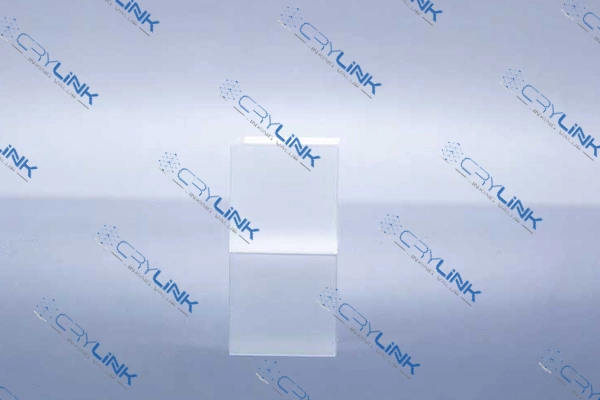
Superior Applications of BBO Crystals: Dominating the Field of Nonlinear Optics
When it comes to applications in the field of nonlinear optics, Beta Barium Borate (BBO) crystals offer distinct advantages over other commonly used nonlinear crystals such as Potassium Titanyl Phosphate (KTP), Lithium Triborate (LBO), and Periodically Poled Lithium Niobate (PPLN). Each of these crystals have their unique strengths and capabilities, but there are specific applications where BBO crystals truly outshine the rest.
High-power laser applications require a material with a high damage threshold to withstand the intensity of powerful laser beams. This is where BBO crystals excel due to their high damage threshold, making them a preferred choice over KTP, LBO, and PPLN for such applications.
BBO crystals also demonstrate outstanding performance in ultraviolet (UV) applications. Their exceptional efficiency in the UV range makes them especially suitable for frequency doubling, or second harmonic generation (SHG), of UV lasers, an area where KTP and LBO fall short in efficiency.
In the realm of ultrafast optics, BBO crystals showcase a marked superiority. The generation of ultrashort laser pulses is crucial for a range of applications, including high-resolution microscopy, ultrafast spectroscopy, and laser surgery. Owing to their broad phase-matching range and high nonlinearity, BBO crystals facilitate the generation of ultrashort pulses with high efficiency, far exceeding that of KTP, LBO, and PPLN crystals.
The field of electro-optic modulation also sees the dominance of BBO crystals. Their high electro-optic coefficients and ability to withstand higher voltages set them ahead of KTP and LBO crystals. Hence, BBO crystals are often the go-to choice for high-frequency and high-voltage electro-optic applications owing to their faster response times.
In optical parametric oscillation (OPO), a process where an input photon is converted into two photons of lower energy, BBO crystals perform exceptionally well. Their large effective nonlinearity and broad transparency range enable them to efficiently generate a wide variety of wavelengths, surpassing the performance of KTP, LBO, and PPLN crystals in OPO applications.
Finally, BBO crystals are the material of choice for sum-frequency generation (SFG), a nonlinear process that combines two photons into one with the sum of their frequencies. The high nonlinearity and broad phase-matching capabilities of BBO make it ideal for SFG applications, outperforming KTP, LBO, and PPLN crystals, which exhibit limited performance in this area.
In conclusion, the superior properties of BBO crystals make them the nonlinear crystal of choice for a variety of specific applications, particularly those requiring high power, UV operation, ultrafast pulse generation, electro-optic modulation, and parametric processes. Understanding these areas of strength allows researchers and industry professionals to choose BBO crystals for their projects with confidence, ensuring efficient and reliable performance in their optical systems.
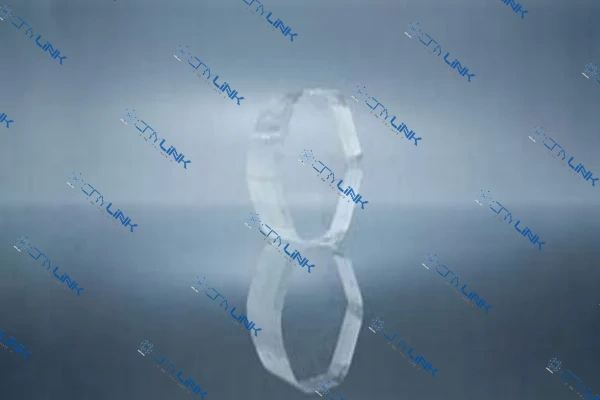
Conclusion
Comparatively analyzing BBO crystals with KTP, LBO, and PPLN, it is clear that each crystal type has unique strengths and limitations. BBO crystals offer a high conversion efficiency, impressive damage threshold, wide wavelength range, and good temperature sensitivity, making them a formidable option in the realm of nonlinear optical crystals. Their superior performance and suitability across diverse applications, including frequency conversion, ultrafast applications, electro-optic applications, and laser technology, establish them as a preferred choice among nonlinear crystals.
FAQs
- What are the unique properties of BBO Crystals?
BBO crystals offer a high damage threshold, broad phase-matching capabilities, a large birefringence, and a wide transparency range, making them versatile in numerous applications. - How does the conversion efficiency of BBO Crystals compare to other nonlinear crystals?
BBO crystals excel in conversion efficiency due to their high nonlinear coefficient, particularly in processes like SHG and THG, giving them an edge over other nonlinear crystals. - What are some key applications where BBO crystals outperform other crystals?
BBO crystals excel in a range of applications, including frequency conversion processes, ultrafast applications, electro-optic applications, and laser technology. - How does the damage threshold of BBO crystals compare to KTP, LBO, and PPLN crystals?
BBO crystals have a high damage threshold, allowing them to handle powerful laser beams effectively. This feature sets them apart from crystals like PPLN, which have a lower damage threshold. - Are BBO Crystals sensitive to temperature changes?
While BBO crystals do respond to temperature changes, they generally exhibit better thermal stability compared to other nonlinear crystals, such as KTP.

Frank
Frank graduated from the University of Shanghai for Science and Technology, majoring in optics. As a technical engineer at Crylink Company, he deeply understands crystal materials and laser components.
Related Video(s) with this Article
Related Product(s) with this Article
Related Application(s) with this Article
